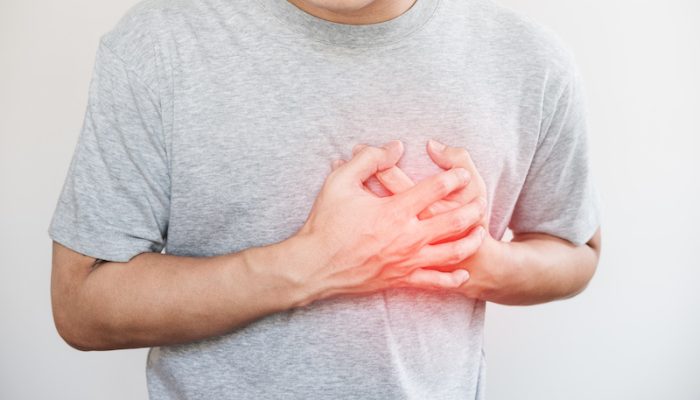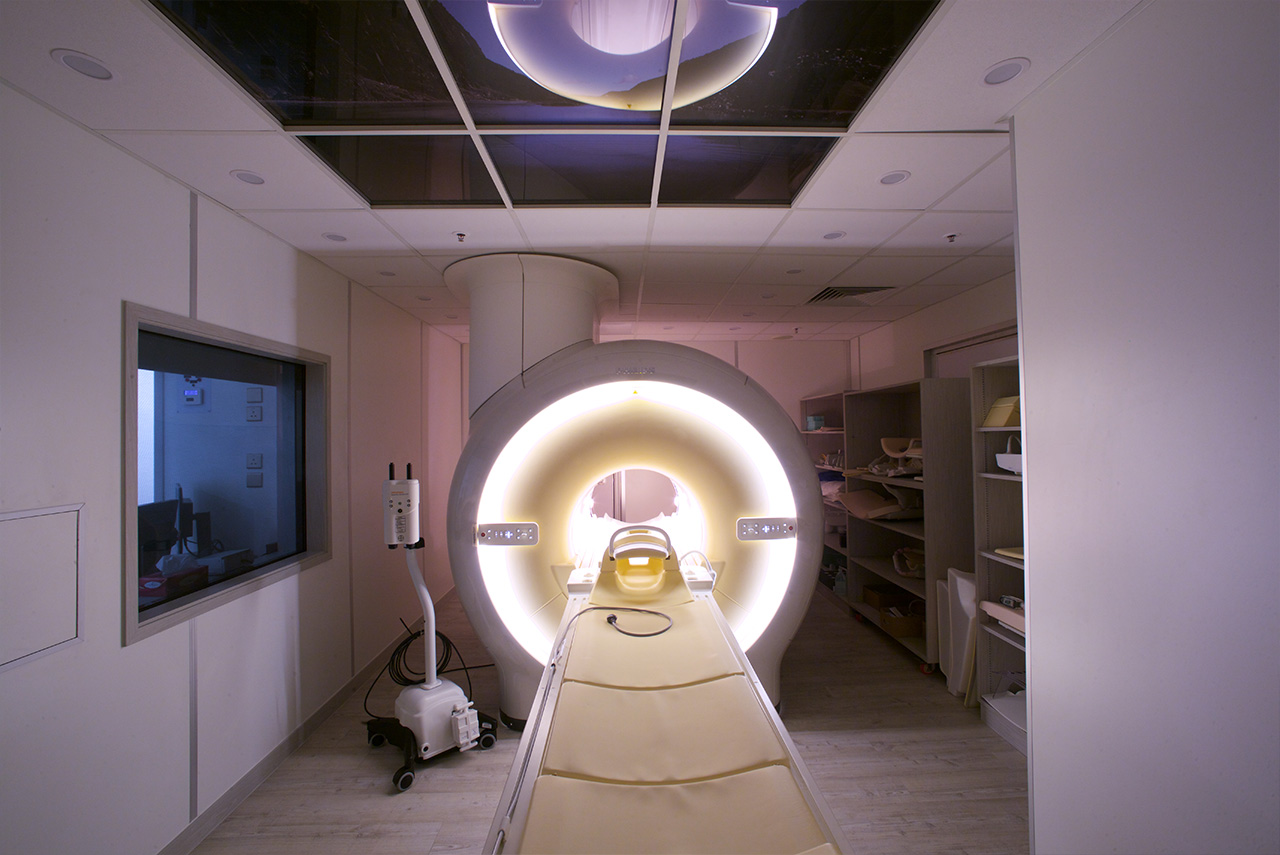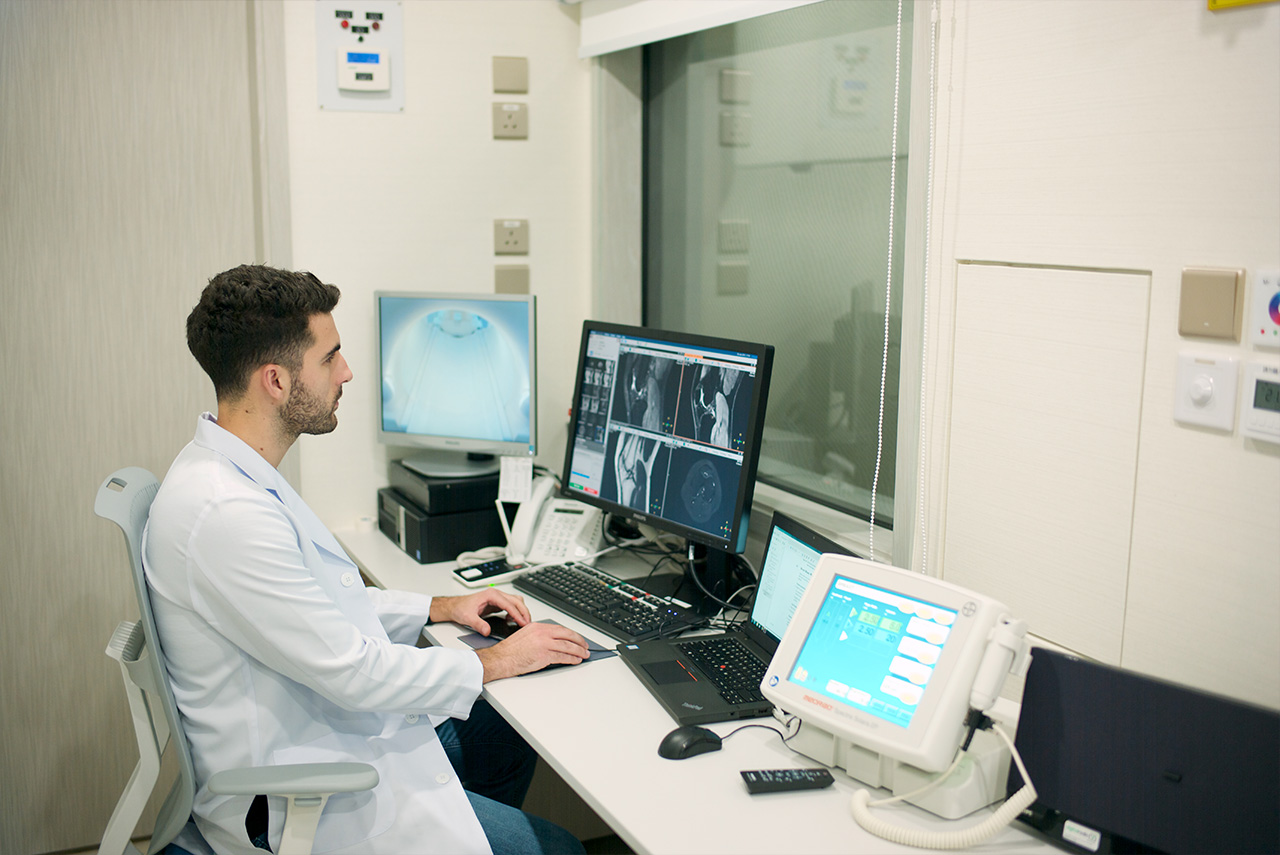Coronary heart disease
Your heart is a pump that distributes blood throughout your body, to your lungs and the rest of the organs. Coronary arteries are blood vessels are surrounding the surface of your heart and supply blood to your heart muscles.
Fatty deposits form on the walls of your coronary arteries causinges coronary heart disease which is known as Atherosclerosis.
Atherosclerosis is a condition in which fat and cholesterol in your blood build up on the inside walls of your arteries, forming a plaque or atheroma. Your cardiac muscle may be deprived of the blood supply it requires due to plaque. A blood clot can form as a result of the restricted blood flow and the rough edges of the plaque, obstructing your artery.
The plaque can sometimes burst, causing your blood to clot which is known as Atherothrombosis. Atherothrombosis prevents blood and oxygen from reaching an area of your heart muscle, resulting in a heart attack. Your heart may stop beating regularly if a large portion of your heart muscle is injured. The situation becomes fatal when y our heart ceases to beat altogether.

Causes of Coronary Heart Disease
The buildup of fatty deposits on your arterial walls causes coronary heart disease.
Coronary heart disease affects people as they get older. It is more common in men than in women until they reach the age of 65. It’s also more common among Indian and Pakistani people. The following factors increase your chances of developing coronary heart disease:
- Smoking
- Overweight, especially if you have excess fat around your tummy
- Inactive lifestyle
- Diabetes
- High blood pressure
- High cholesterol
Symptoms of Coronary Heart Disease
Coronary heart disease develops over a long period of time. Breathlessness during exercise is the only symptom for some. You might not realize something is wrong until you experience angina (chest pains) or a heart attack.
Angina
Angina is characterized by chest pain, tightness, and, on rare occasions, breathlessness or choking. It happens w hen blood flow in the arteries that supply your heart is impeded.
Angina usually begins while you’re walking or feeling upset. It might also be triggered by a meal or cold weather. Symptoms include:
- Feeling of discomfort or a tightening across your upper chest (this could be confused with the feeling of indigestion)
- Pain radiating to your neck, jaw, throat, back or arms for a few minutes, and disappearing quickly after resting
- Breathlessness
- Sweatiness
Angina can be managed with a combination of lifestyle changes and medication. It will grow more frequent and the pain will worsen if it is left untreated. If you have angina, you’re more likely to have a heart attack.
Heart attack
The majority of heart attacks involve intense pain in the centre of your chest, which might mimic severe indigestion. Symptoms can appear quickly, although discomfort can also grow gradually. The symptoms include:
- A feeling of heaviness, squeezing or crushing in the centre of your chest
- Pain may spread to your arms, neck, jaw, face, back or stomach, lasting for hours
- Loss of consciousness
- Sweatiness
- Breathlessness
- Feeling unwell
There are occasions when there are no signs or symptoms at all, which is known as a silent myocardial infarction. This type of heart attack is more common in the elderly and those with diabetes.
Arrhythmia
An arrhythmia is a condition in which the heart beats irregularly. This can be felt as a heart palpitation at times (a sensation of a skipping or thumping heartbeat). Palpitations can be a sign of coronary artery disease. Heart palpitations, on the other hand, are common and may not always indicate coronary heart disease or arrhythmia.
Heart failure
Coronary heart disease can weaken your heart over time, resulting in heart failure. Heart failure occurs when your heart is unable to adequately pump blood throughout your body, causing you to become exhausted and out of breath easily. Swelling in the ankles and legs is also possible.
Diagnosis of Coronary Heart Disease
Your doctor will examine you and ask you questions about your symptoms. You might take a few of the tests that are listed below:
- Blood tests
- Electrocardiogram (ECG) – An electrocardiogram (ECG) is a test that examines your heart’s electrical activity to evaluate how well it’s working. An exercise ECG is a type of ECG that is performed while you are walking on a treadmill or pedalling on an exercise bike.
- Echocardiogram – Ultrasound is used to provide a moving ‘real-time’ image of the inside of your heart in an echocardiogram.
- A coronary angiography – It is a test that involves injecting a specific dye into your heart’s blood vessels to make them visible on X-ray imaging.
- Radionuclide tests – your doctor will inject a small, harmless amount of radioactive material into your heart muscle for this test. The rays emitted by the radioactive material are picked up by a large camera pointed at your heart, which provides an image of your heart.
- Chest X-ray
- MRI scan
- Electrophysiological testing – involves inserting a catheter into a groin blood artery and guided to your heart. The catheter’s tip stimulates and records your heart’s electrical activity.
Treatment of Coronary Heart Disease
Treatment for coronary heart disease is determined by the severity of the condition. There are multiple options for treatment. Angioplasty or surgery may be the best treatment option if you suffer from angina or have had a heart attack.
Medicines
Medicines are targeted to slow the progression of coronary heart disease or to prevent new heart attacks. The following are some examples.
- Aspirin and other antiplatelet medications. A small daily dose of aspirin (75 mg) reduces the likelihood of blood clots, lowering your risk of a heart attack.
- Cholesterol-lowering medicines, such as statins, reduce the progression of atherosclerosis.
- Beta-blockers lower blood pressure and minimize the amount of work that your heart has to do.
- Calcium channel blockers help your arteries relax and broaden.
- Anticoagulants work by preventing blood clots from forming.
- ACE inhibitors are blood pressure medications that are commonly prescribed to persons who have heart failure or who have had a heart attack.
- Nitrates relax the coronary arteries, allowing more blood to flow to the heart.
- Anti-arrhythmic medications aid in the regulation of your heartbeat.
Always get medical advice from your doctor and read the patient information booklet that comes with your medication.
Non-surgical treatment
A coronary angioplasty is a procedure in which your doctor guides a collapsed balloon through your blood vessels until it reaches your heart’s arteries. Your constricted coronary artery is widened by inflating the balloon. A stent (a flexible mesh tube) may be used to keep your artery open following the procedure.
Surgery
A coronary artery bypass transplant may be recommended by your surgeon (CABG). In the process, the surgeon will use a segment of your leg or chest blood vessel to bypass the constricted coronary arteries. The bypass allows your heart to receive more blood.
Prevention of Coronary Heart Disease
Most people can avoid developing coronary heart disease by leading a healthy lifestyle.
You can lower your risk of heart attack by doing the following:
- Avoiding smoking
- Reducing excess body fat
- Completing 30 minutes of physical activity at least five days a week
- Consuming a low-fat, high-fibre diet that includes five servings of fruits and vegetables each day and two servings of fish (one oily) every week.
- Men should not consume more than four units of alcohol each day, while women should consume no more than three units. About 2 units are included in a 175ml glass of wine (12 % ABV).




